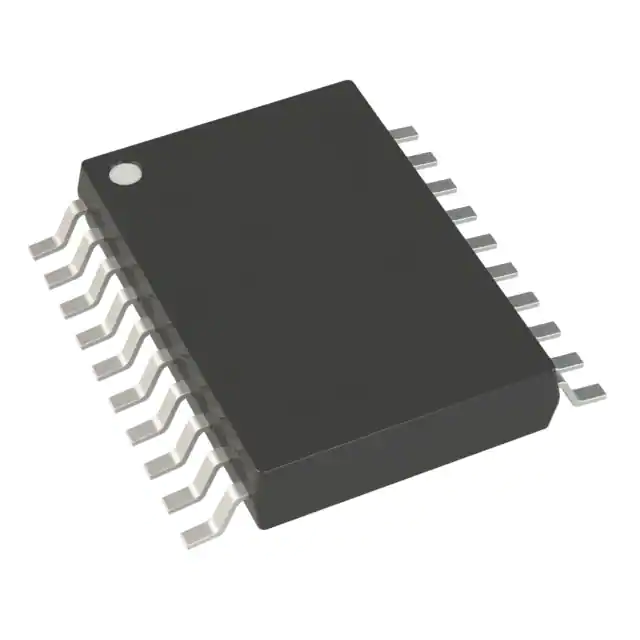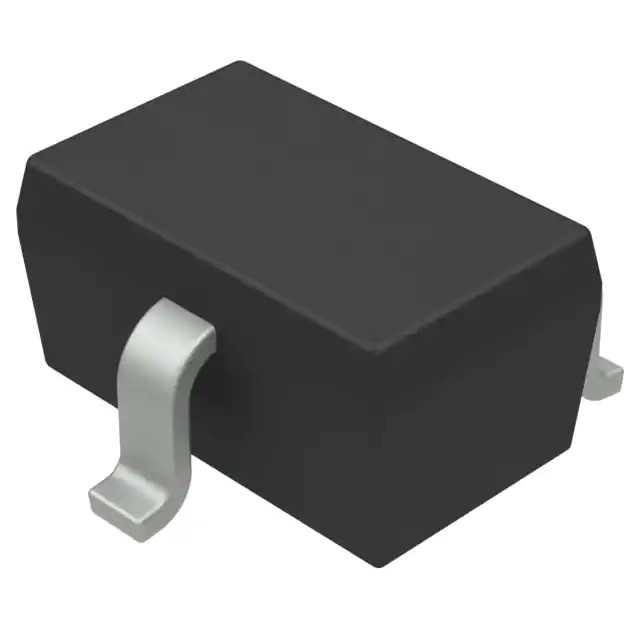- Integrated Circuits (ICs)
- Audio Special Purpose
- Clock/Timing - Application Specific
- Clock/Timing - Clock Buffers, Drivers
- Clock/Timing - Clock Generators, PLLs, Frequency Sy…
- Clock/Timing - Delay Lines
- Clock/Timing - IC Batteries
- Clock/Timing - Programmable Timers and Oscillators
- Clock/Timing - Real Time Clocks
- Data Acquisition - ADCs/DACs - Special Purpose
- Data Acquisition - Analog Front End (AFE)
- Data Acquisition - Analog to Digital Converters (AD…
- Data Acquisition - Digital Potentiometers
- Data Acquisition - Digital to Analog Converters (DA…
- Data Acquisition - Touch Screen Controllers
- Embedded - CPLDs (Complex Programmable Logic Device…
- Embedded - DSP (Digital Signal Processors)
- Embedded - FPGAs (Field Programmable Gate Array)
- Embedded - FPGAs (Field Programmable Gate Array) wi…
- Embedded - Microcontrollers
- Embedded - Microcontrollers - Application Specific
- Embedded - Microprocessors
- Embedded - PLDs (Programmable Logic Device)
- Embedded - System On Chip (SoC)
- Interface - Analog Switches - Special Purpose
- Interface - Analog Switches, Multiplexers, Demultip…
- Interface - CODECs
- Interface - Controllers
- Interface - Direct Digital Synthesis (DDS)
- Interface - Drivers, Receivers, Transceivers
- Interface - Encoders, Decoders, Converters
- Interface - Filters - Active
- Interface - I/O Expanders
- Interface - Modems - ICs and Modules
- Discrete Semiconductor Products
- Diodes - Bridge Rectifiers
- Diodes - Rectifiers - Arrays
- Diodes-Rectifiers-Single
- Diodes - RF
- Diodes - Variable Capacitance (Varicaps, Varactors)…
- Diodes - Zener - Arrays
- Diodes - Zener - Single
- Power Driver Modules
- Thyristors - DIACs, SIDACs
- Thyristors - SCRs
- Thyristors - SCRs - Modules
- Thyristors - TRIACs
- Transistors - Bipolar (BJT) - Arrays
- Transistors - Bipolar (BJT) - Arrays, Pre-Biased
- Transistors - Bipolar (BJT) - RF
- Transistors - Bipolar (BJT) - Single
- Transistors - Bipolar (BJT) - Single, Pre-Biased
- Transistors - FETs, MOSFETs - Arrays
- Transistors - FETs, MOSFETs - RF
- Transistors - FETs, MOSFETs - Single
- Transistors - IGBTs - Arrays
- Transistors - IGBTs - Modules
- Transistors - IGBTs - Single
- Transistors - JFETs
- Transistors - Programmable Unijunction
- Transistors - Special Purpose
- Diodes - Rectifier - Module
- Diodes - TVS
- Transistors - General Purpose
- Thyristor Surge Suppressors
- Diodes
- MOSFETs - Low Voltage Power
- MOSFETs-Small Signal
- Circuit Protection
- Thermal Cutoffs (Thermal Fuses and Breakers)
- TVS - Varistors, MOVs
- TVS - Thyristors
- TVS - Surge Protection Devices (SPDs)
- TVS - Mixed Technology
- TVS - Diodes
- Surge Suppression ICs
- PTC Resettable Fuses
- Lighting Protection
- Inrush Current Limiters (ICL)
- Ground Fault Circuit Interrupter GFCI
- Gas Discharge Tube Arresters (GDT)
- Fuses
- Fuseholders
- Electrical, Specialty Fuses
- Circuit Breakers
- Accessories
- Inductors, Coils, Chokes
- Isolators
- Resistors
- Relays
- Capacitors
- Ceramic Capacitors
- Tantalum Capacitors
- Trimmers, Variable Capacitors
- Thin Film Capacitors
- Tantalum - Polymer Capacitors
- Silicon Capacitors
- Niobium Oxide Capacitors
- Mica and PTFE Capacitors
- Film Capacitors
- Electric Double Layer Capacitors (EDLC), Supercapac…
- Capacitor Networks, Arrays
- Aluminum Electrolytic Capacitors
- Aluminum - Polymer Capacitors
- Accessories
- RF/IF and RFID
- Attenuators
- Balun
- RF Accessories
- RF Amplifiers
- RF Demodulators
- RF Detectors
- RF Directional Coupler
- RF Front End (LNA + PA)
- RF Misc ICs and Modules
- RF Mixers
- RF Modulators
- RF Power Controller ICs
- RF Power Dividers/Splitters
- RF Receiver, Transmitter, and Transceiver Finished …
- RF Receivers
- RF Shields
- RF Switches
- RF Transceiver ICs
- RF Transceiver Modules
- RF Transmitters
- RFI and EMI - Contacts, Fingerstock and Gaskets
- RFI and EMI - Shielding and Absorbing Materials
- RFID Accessories
- RFID Antennas
- RFID Reader Modules
- RFID Transponders, Tags
- RFID, RF Access, Monitoring ICs
- RF Antennas
- RF Circulators and Isolators
- RF Multiplexers
- Subscriber Identification Module (SIM) Cards
- Audio Products
- Sensors, Transducers
- Accessories
- Amplifiers
- Capacitive Touch Sensors, Proximity Sensor ICs
- Color Sensors
- Current Transducers
- Dust Sensors
- Encoders
- Float, Level Sensors
- Flow Sensors
- Force Sensors
- Gas Sensors
- Humidity, Moisture Sensors
- Image Sensors, Camera
- IrDA Transceiver Modules
- Magnetic Sensors - Compass, Magnetic Field (Modules…
- Magnetic Sensors - Linear, Compass (ICs)
- Magnetic Sensors - Position, Proximity, Speed (Modu…
- Magnetic Sensors - Switches (Solid State)
- Magnets - Multi Purpose
- Magnets - Sensor Matched
- Motion Sensors - Accelerometers
- Motion Sensors - Gyroscopes
- Motion Sensors - IMUs (Inertial Measurement Units)
- Motion Sensors - Inclinometers
- Motion Sensors - Optical
- Motion Sensors - Tilt Switches
- Motion Sensors - Vibration
- Multifunction
- Optical Sensors - Ambient Light, IR, UV Sensors
- Optical Sensors - Distance Measuring
- Optical Sensors - Photo Detectors - CdS Cells
- Optical Sensors - Photo Detectors - Logic Output
- Optical Sensors - Photo Detectors - Remote Receiver…
- Industrial Supplies
- Dock and Warehouse - Mirrors
- Carts and Trucks - Carts, Trucks, Jacks, and Dollie…
- Dock and Warehouse - Air Curtain Doors
- Dock and Warehouse - Dock Equipment
- Dock and Warehouse - Ladders, Steps, and Platforms
- Electrical - Cords, Wires and Accessories
- Electrical - Generators
- Electrical - Lighting Accessories
- Electrical - Lighting
- Fans - Agricultural, Dock and Exhaust
- Fans - Blowers and Floor Dryers
- Fans - Components - Motors
- Fans - Components and Accessories
- Fans - Household, Office and Pedestal Fans
- HVAC - Air Conditioners
- HVAC - Air Filters
- HVAC - Air Handlers, Furnaces
- HVAC - Air Purifiers, Dehumidifiers and Humidifiers…
- HVAC - Heaters
- HVAC - Parts and Accessories
- Janitorial and Maintenance Products
- Maintenance - Air Compressor Tools and Accessories
- Maintenance - Magnets
- Maintenance - Mats
- Office Equipment - File Cabinets, Bookcases
- Office Equipment - Food Storage and Preparation
- Office Equipment - Office Supplies
- Office Equipment - Water Fountains and Refilling St…
- Office Furniture - Partitions and Accessories
- Office Furniture - Safes, Secure Storage
- Office Furniture - Tables
- Outdoor Products - Bikes, Racks and Locks
- Outdoor Products - Canopies, Shelters and Sheds
More product categories >>
Unveiling the 2024 Temperature Sensor Market
9/24/2024 7:13:47 PM
Temperature sensors are devices capable of sensing temperature and converting it into a usable output signal. They are widely used in various fields such as industry, agriculture, medicine, and meteorology. They can be based on different working principles, such as the thermoelectric effect, thermistor effect, thermal expansion effect, and thermal radiation effect. Common types of temperature sensors include thermocouples, resistance temperature detectors (RTDs), thermistors, infrared thermometers, and fiber-optic thermometers.
Thermocouple temperature sensors utilize the junction of two different metals or alloys to generate a voltage, known as the thermoelectric potential, which is proportional to the temperature difference between the two ends. Resistance temperature sensors are based on the change in electrical resistance of metals with temperature, typically made from metal wires or films. Thermistors take advantage of the change in resistance of semiconductor materials with temperature and are characterized by their small size and fast response. Infrared temperature sensors determine temperature by measuring the infrared radiation emitted by an object's surface and have the advantage of non-contact measurement.
The selection of temperature sensors should consider factors such as measurement range, accuracy, response time, stability, linearity, resolution, and resistance to interference. In design, considerations should be given to the sensor's operating environment, power requirements, electromagnetic interference protection, and methods of data transmission and processing.
The temperature sensor market is experiencing rapid growth, with an estimated size of $11.94 billion by 2029, at a compound annual growth rate of 6.28%. The main drivers of market growth include increased demand for COVID-19 testing and screening, the proliferation of IoT-connected temperature sensors, growth in automotive and industrial end-user applications, and increased demand for consumer electronics.
In terms of applications, temperature sensors are widely used in automobiles, consumer electronics, medical devices, industrial automation, and environmental monitoring. For example, in automobiles, temperature sensors are used to measure engine heat conditions and the temperature of gases and liquids; in household appliances such as microwave ovens and air conditioners, temperature sensors are used for temperature measurement and control; in the medical field, temperature sensors are used to monitor human body temperature.
With technological advancements, temperature sensors are evolving towards high precision, rapid response, miniaturization, integration, wireless transmission, and integration with the Internet of Things. At the same time, environmental protection and green technology are also important future trends.
Prve:No Datas
Next:Power of Dual and Isomorphic Principles in Power Electronics
Latest Products
-
AD9834BRUZ
Analog Devices Inc.
-
BAV99W,135
Nexperia USA Inc.
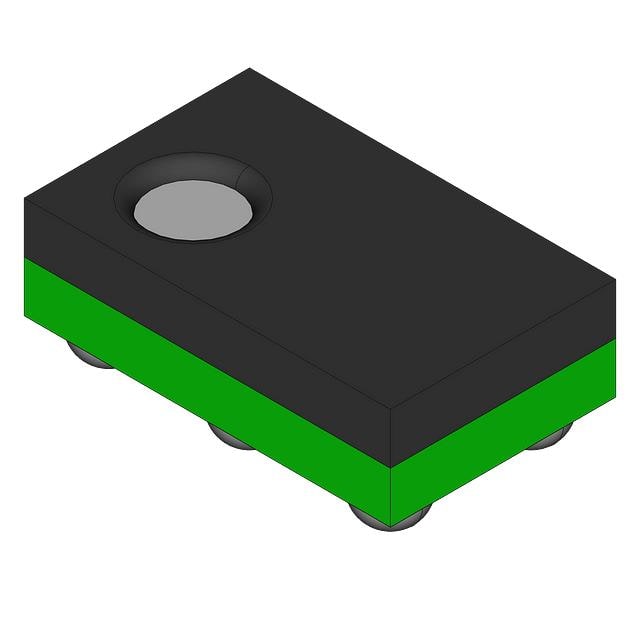
-
IP5002CX8/P135
NXP USA Inc.
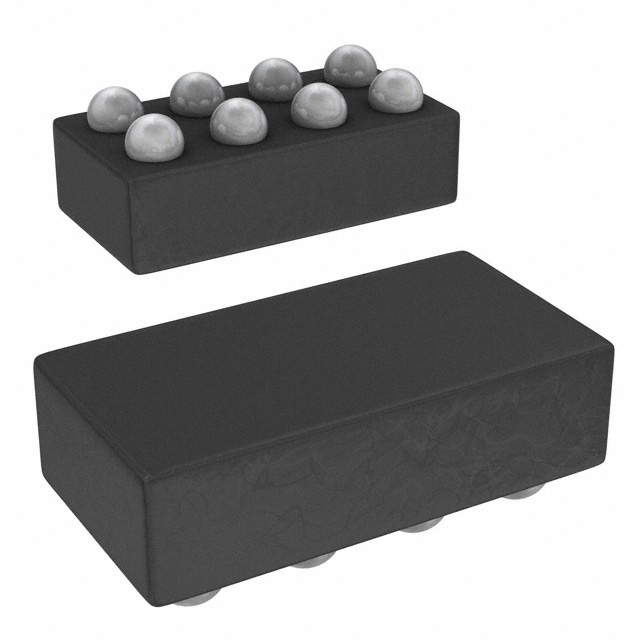
-
ADAU7002ACBZ-RL
Analog Devices Inc.
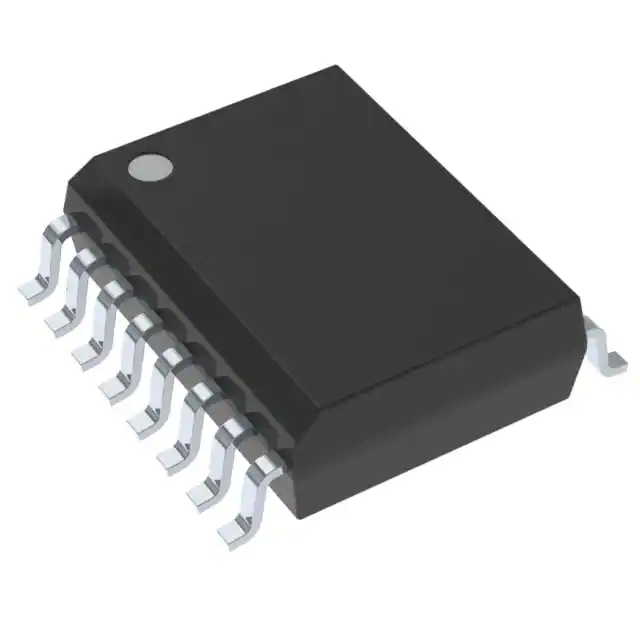
-
PGA2320IDW
Texas Instruments
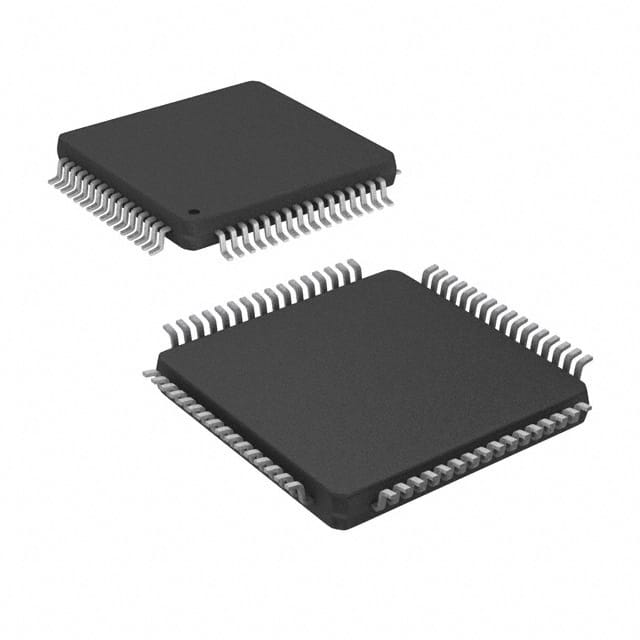
-
SRC4184IPAG
Texas Instruments
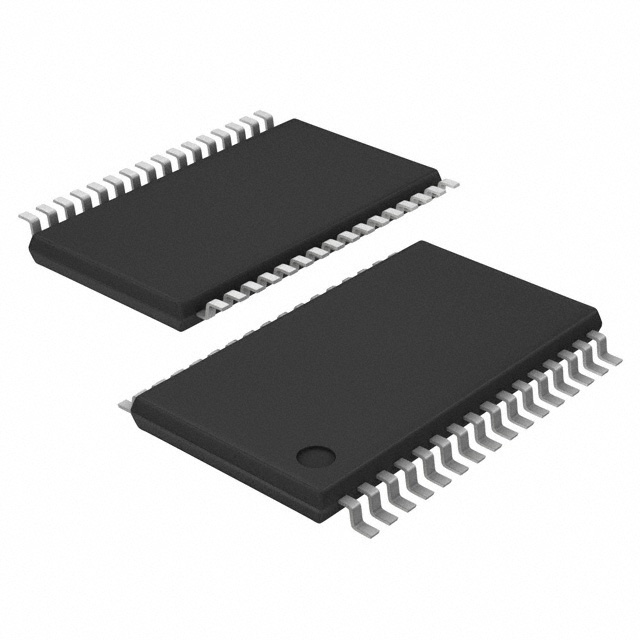
-
MUSES72320V-TE2
Nisshinbo Micro Devices Inc.
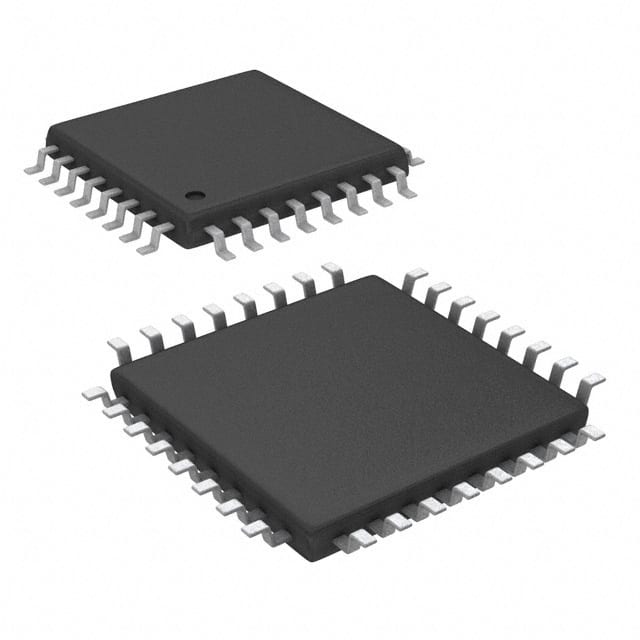
-
PCM2706CPJT
Texas Instruments

- Help you to save your cost and time.

- Reliable package for your goods.

- Fast Reliable Delivery to save time.

- Quality premium after-sale service.
 Upload BOM
Upload BOM

